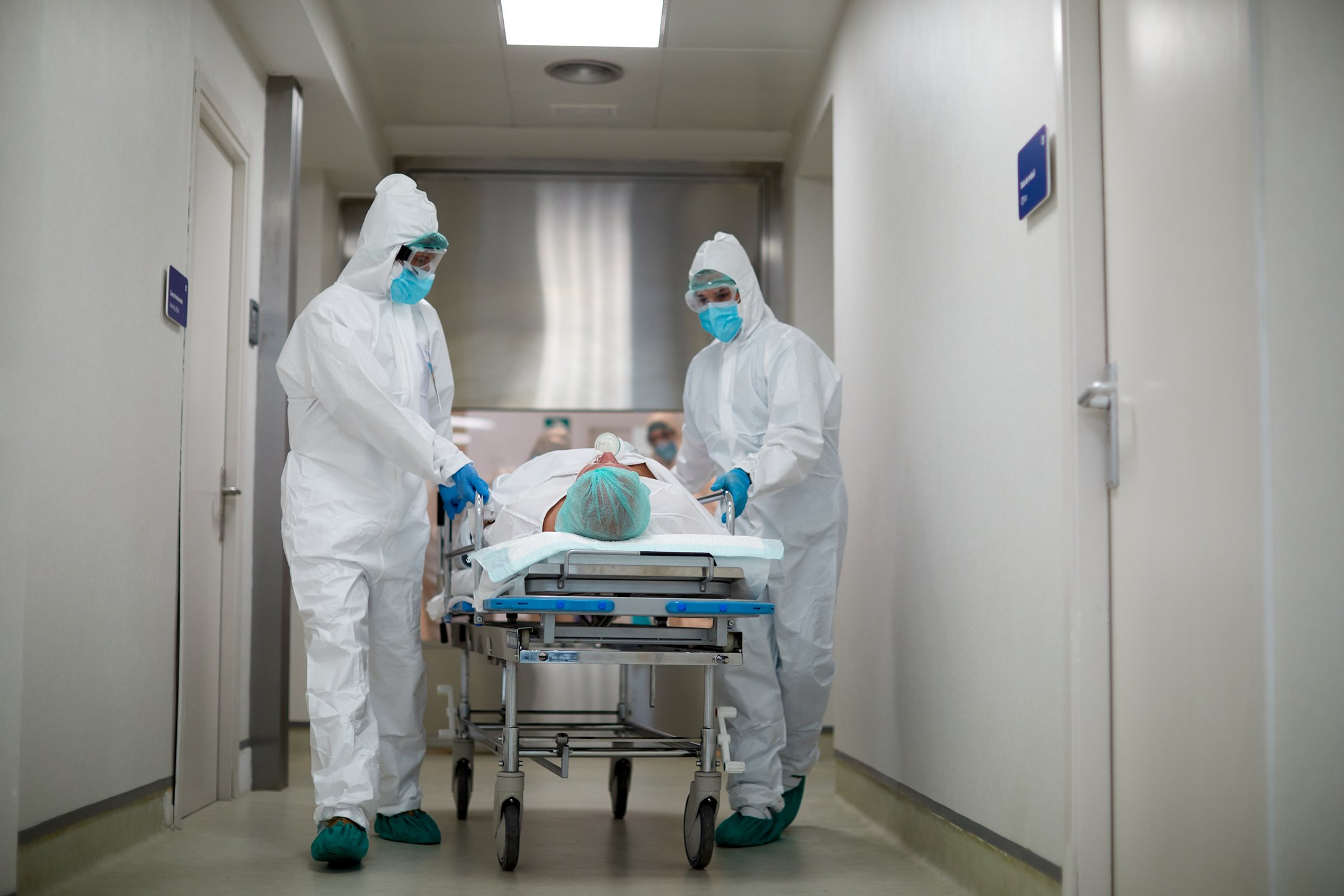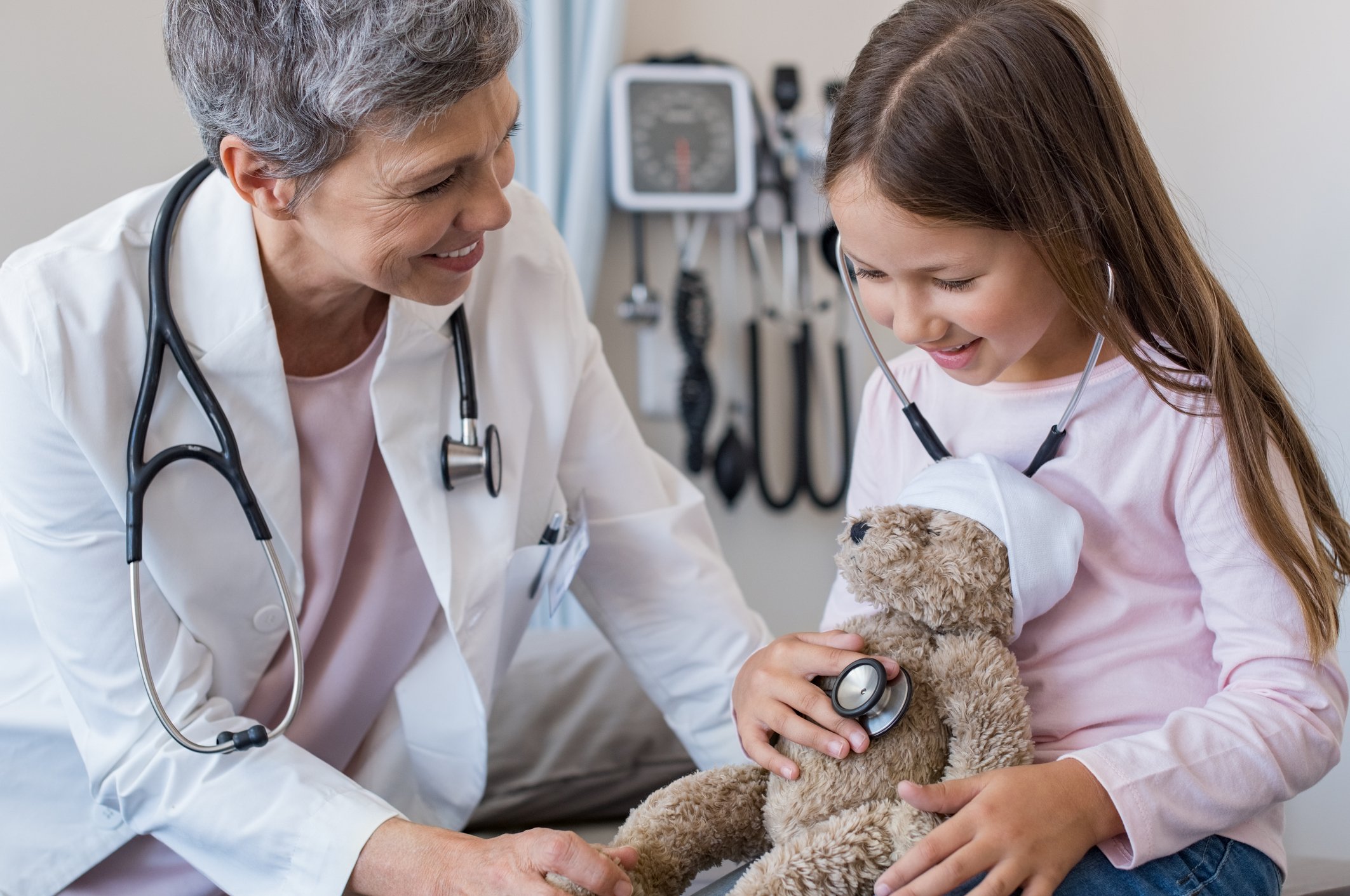Becton, Dickinson (BDX 1.28%) reported a small drop in revenue and a substantial loss in its third fiscal quarter, but both issues are easily explainable as long as you don't mind ignoring GAAP, which is probably OK given the one-time nature of the issues.
Becton, Dickinson results: The raw numbers
|
Metric |
Q3 2017 |
Q3 2016 |
Year-Over-Year Change |
|---|---|---|---|
|
Revenue |
$3.04 billion |
$3.2 billion |
(5.1%) |
|
Income from operations |
($223 million) |
$516 million |
N/A |
|
Earnings per share |
($0.75) |
$1.80 |
N/A |
Data source: Becton, Dickinson.
What happened with Becton, Dickinson this quarter?
- BD sold its respiratory solutions business last October, so it's included in the year-ago quarter, but not the most recent one. Backing that and currency changes out, revenue was up 2.4% year over year.
- On the medical side of the business, medication and procedural solutions, diabetes care, and pharmaceutical systems saw sales growth of 3.7%, 2.7%, and 3.9% respectively at constant currencies. The only downside was medication management solutions, which declined 4.2% at constant currencies, because of the previously announced change in its U.S. dispensing business model.
- The life sciences side of the business is doing even better, with diagnostic systems, preanalytical systems, and biosciences up 3.8%, 3.9%, and 7.1%, respectively. The large year-over-year increase for biosciences products came from Sirigen fluorescent dyes and newly launched lab equipment such as its FACSMelody cell sorter.
- The company took a charge of approximately $495 million net of tax associated with changing its U.S. dispensing business model. Adjusted earnings per share, which backs that out as well other one-time costs like the integration of CareFusion, were up 4.7% year over year. If you add back in currency changes, adjusted earnings per share were up 7.7% year over year.

Image source: Getty Images.
What management had to say
On the changing U.S. dispensing business model, Monique Dolecki, BD's vice president of investor relations, pointed out that the pain is only temporary:
This change results in a difficult comparison, which is limited to the second half of this fiscal year and the first half of fiscal year 2018, but it creates a more predictable revenue stream going forward.
Vincent Forlenza BD's chairman and CEO commented on the integration of CareFusion:
We also continue to expect $325 million to $350 million in total cost synergies related to the CareFusion acquisition as we exit fiscal year 2018.
Later in the call, BD's CFO Christopher Reidy broke down how much of those synergies BD has already realized and how much more it has to go:
So through '16, we had about $170 million. We run about $80 million more per year on top of that. So that's what you would expect by the end of this year, and then the balance [to get to] $325 million to $350 million would be in '18.
Looking forward
Management updated revenue guidance to a decrease of 3% to 3.5%, up from a decline of 3.5% to 4% because currency changes won't hurt the year-over-year comparison as much as previously expected. Ignoring currency and the divestitures, management expects fiscal 2017 revenue to be 4.5% to 5% higher than the previous fiscal year.
On the bottom line, management raised fiscal 2017 adjusted diluted earnings per share guidance to between $9.42 and $9.47, which is about 10% higher than fiscal 2016. The adjusted earnings line is growing faster than adjusted revenue because of increased margins from reduced costs associated with the CareFusion synergies.
Look for margins to improve even more after the acquisition of C.R. Bard (BCR +0.00%) closes.






